Vietnam: The Emerald Green Land in South East Asia
My trip to Vietnam began in the town of Chau Doc, near the Cambodian border. I arrived by boat from Phnom Pehn Cambodia.
It was incursions into and around Chau Doc by the Cambodian Khmer Rouge regime that led to Vietnam’s invasion of Cambodia in 1979. The Khmer Rouge crossed the border several times to chase down and kill people who had fled Cambodia to escape their genocidal madness. Many Vietnamese were also murdered in these raids.
While in Chau Doc I went to see a fish farm on the Hau Giang River. I hired a small boat captained by a kid about 13 years old and he ferried me out to some houses anchored to the river bottom. These houses were on wooden stilts just above the river’s surface. Inside each house was a trap door in the floor. One of the home owners opened a trap door and I could see the river’s surface below. After he tossed a scoop of fish pellets into the water dozens of fish came roiling to the surface with their mouths agape. Under each of the houses in the river were nets crammed with fish.
Saigon can be nerve shattering. I’ve never seen a city so abuzz with motorcycle traffic. They’re everywhere and their riders have little regard for traffic regulations. It’s actually quite dangerous in Saigon because when you are walking anywhere motorcycles can seem to come out of nowhere bearing down on you fast enough that you really have no time to react. I came very close to getting hit by one a few times. I wasn’t distracted during these occasions. In fact in each case I was trying to detect as much around me as possible to avoid a collision and almost got run over anyway. Crossing a street, any street, in Saigon takes audacity. Sidewalks aren’t safe either. When they’re not clogged with parked motorcycles, people on motorcycles are using them for speedways. The only time I felt safe from motorcycles when I was outside is when I was on the back of one being taxied somewhere. In Saigon there’s always someone around who’s willing to take you where you want to go on their motorbike in exchange for a dollar or two.
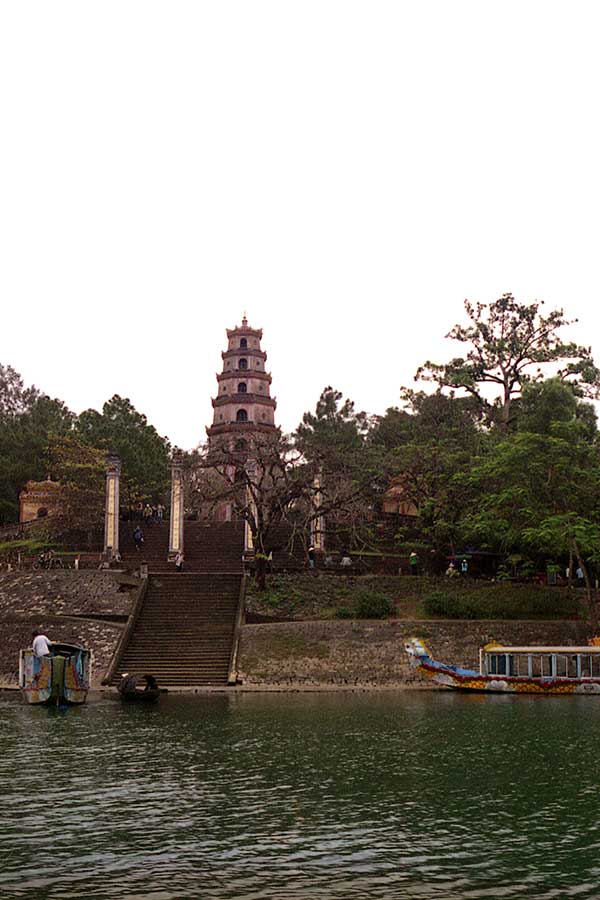
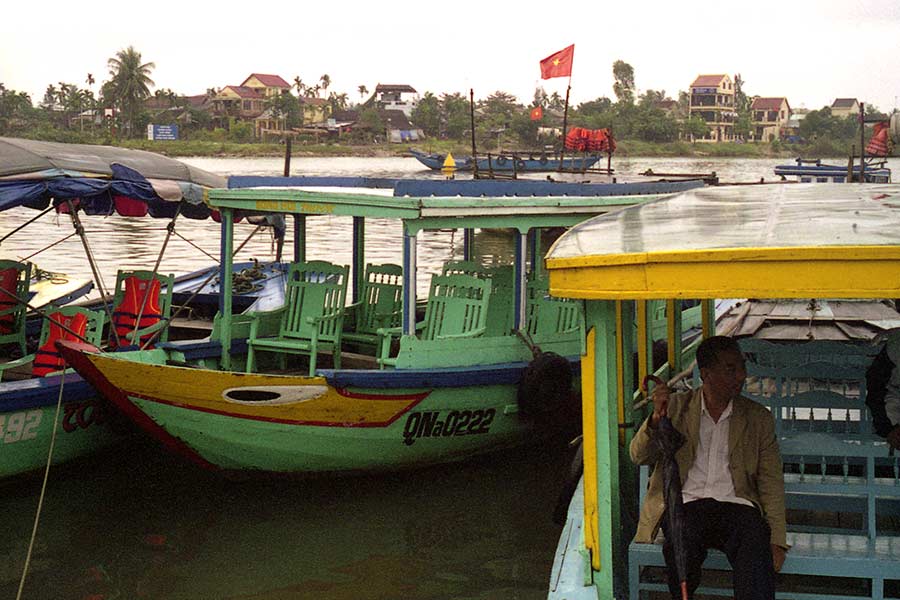
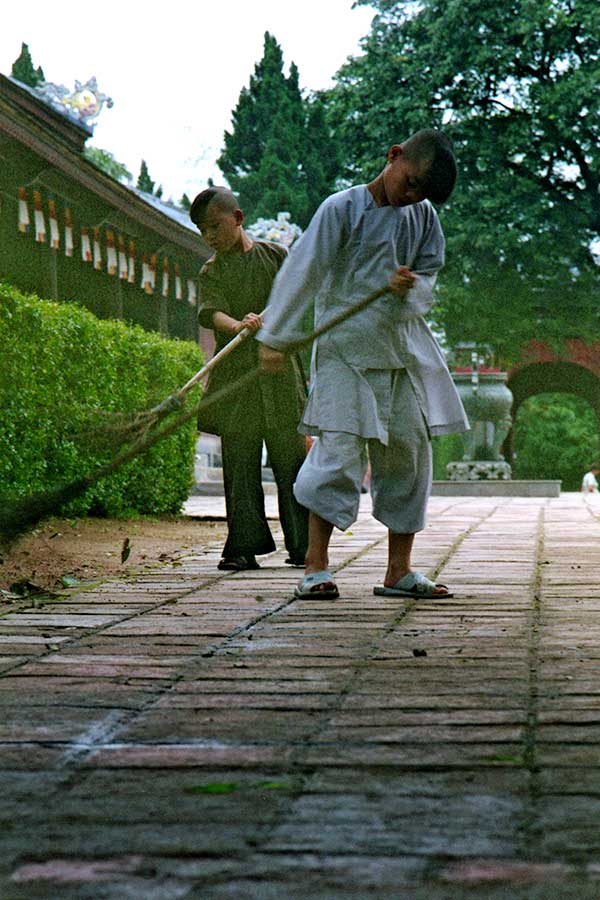
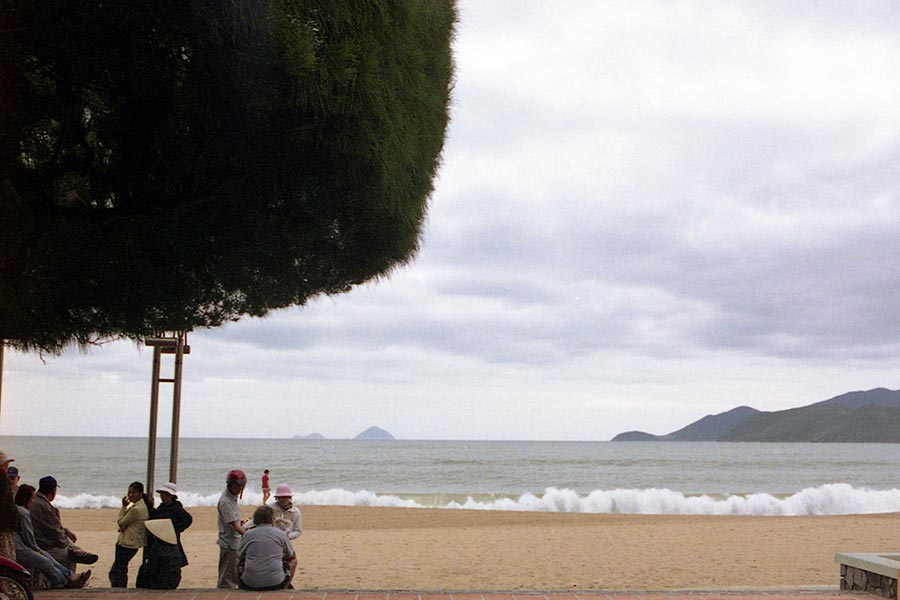
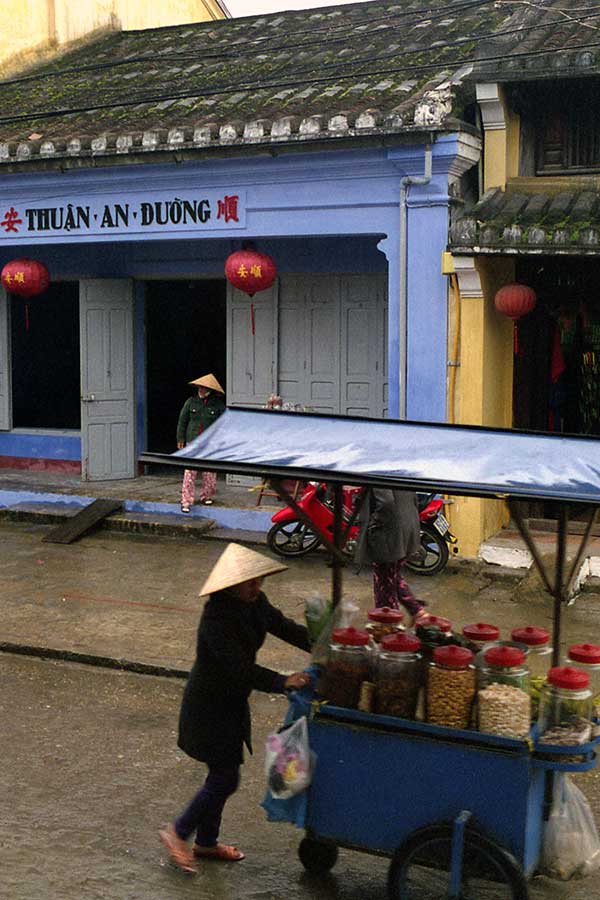
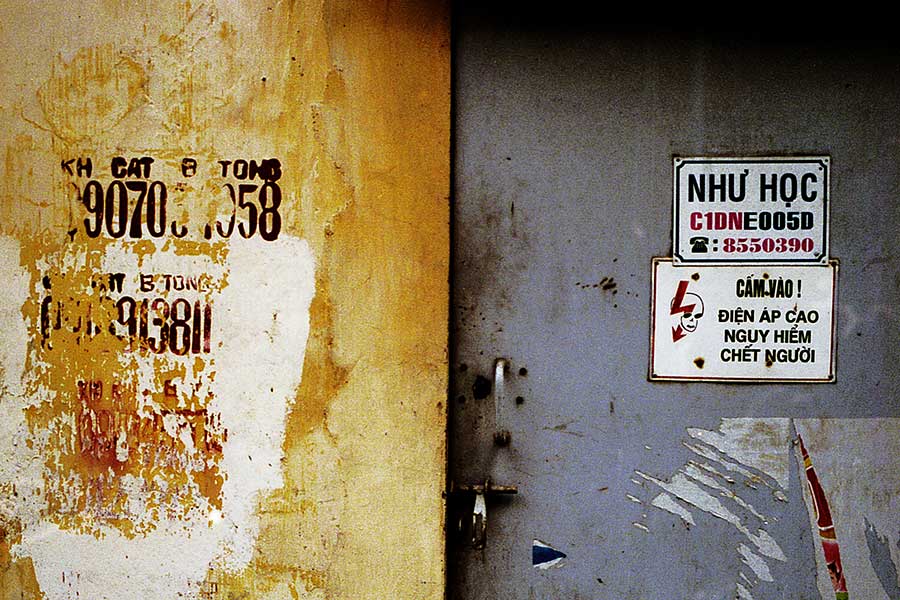
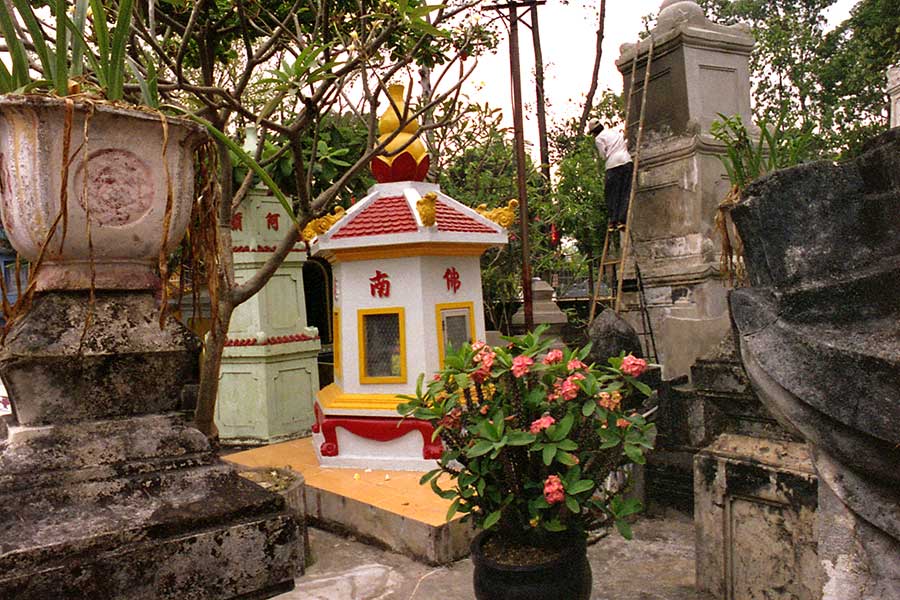
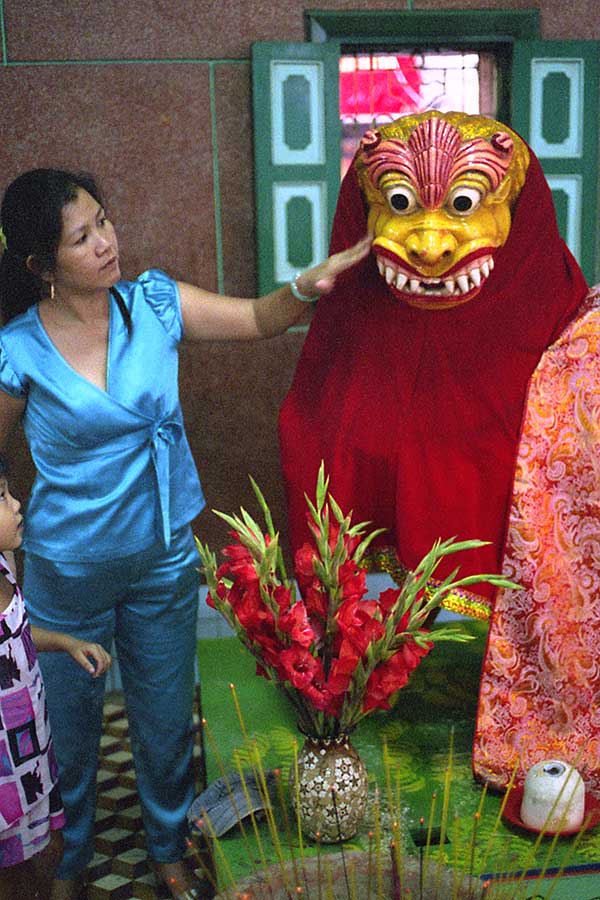
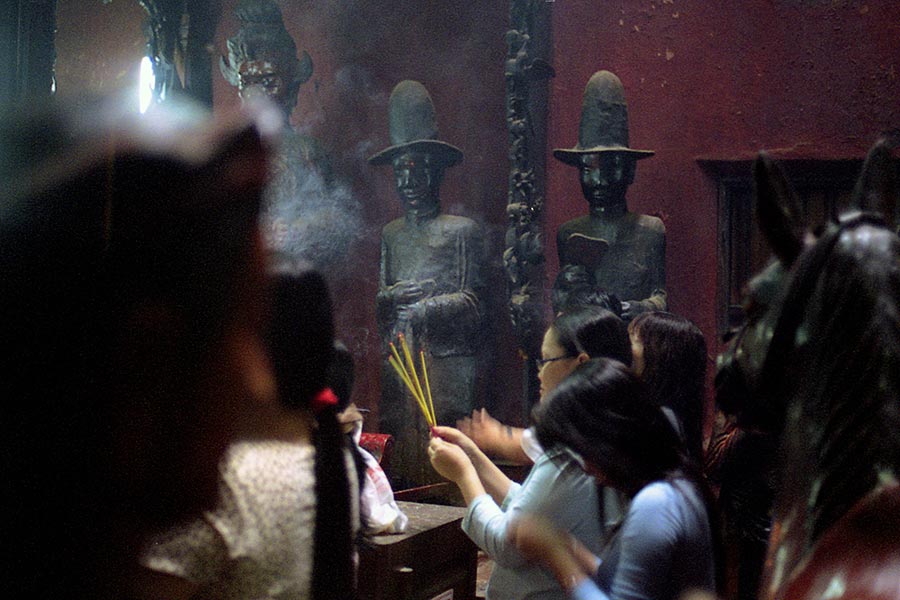
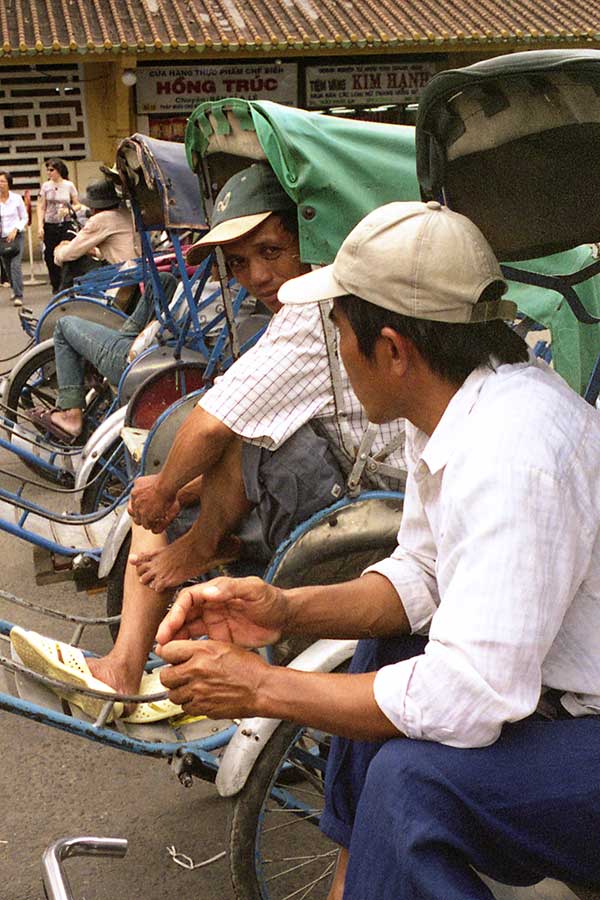
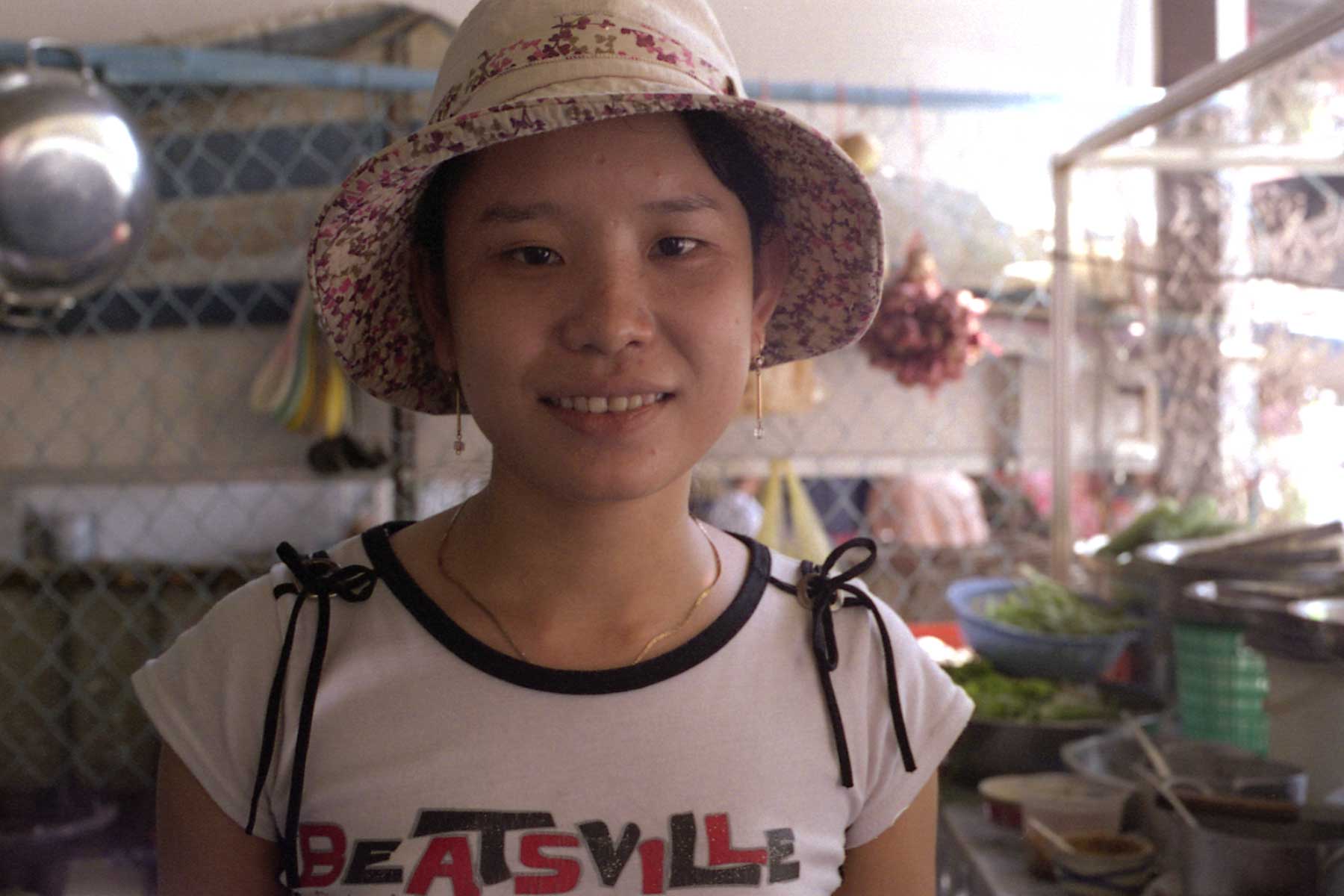
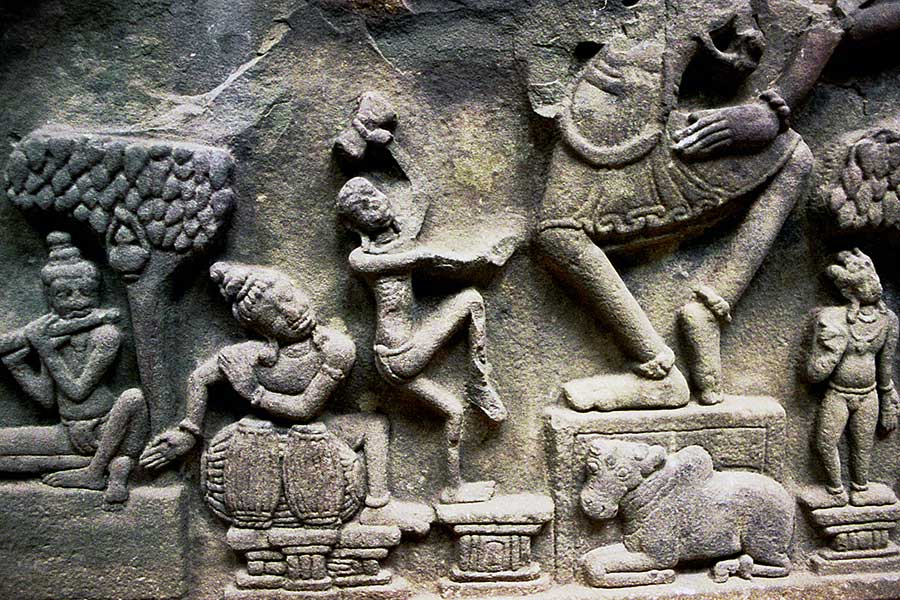
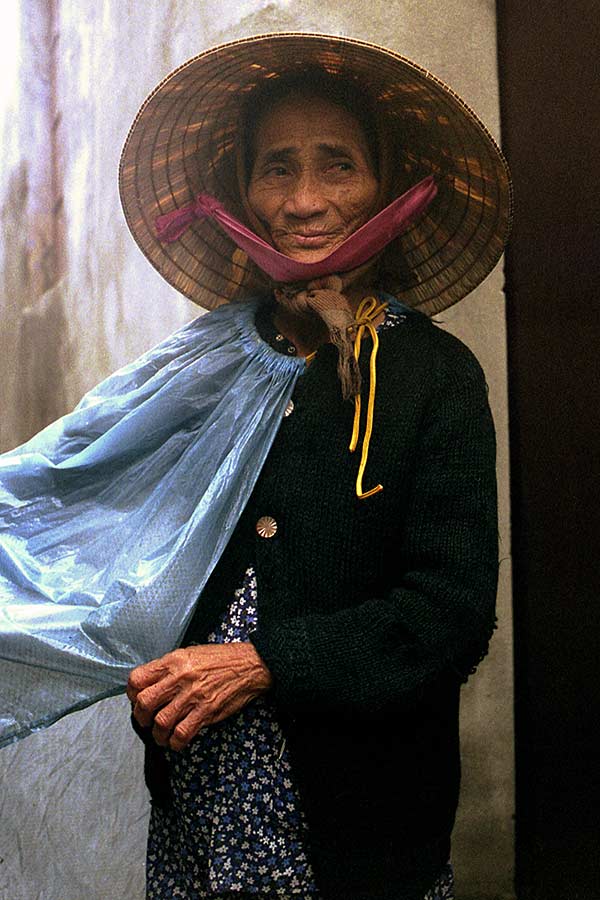
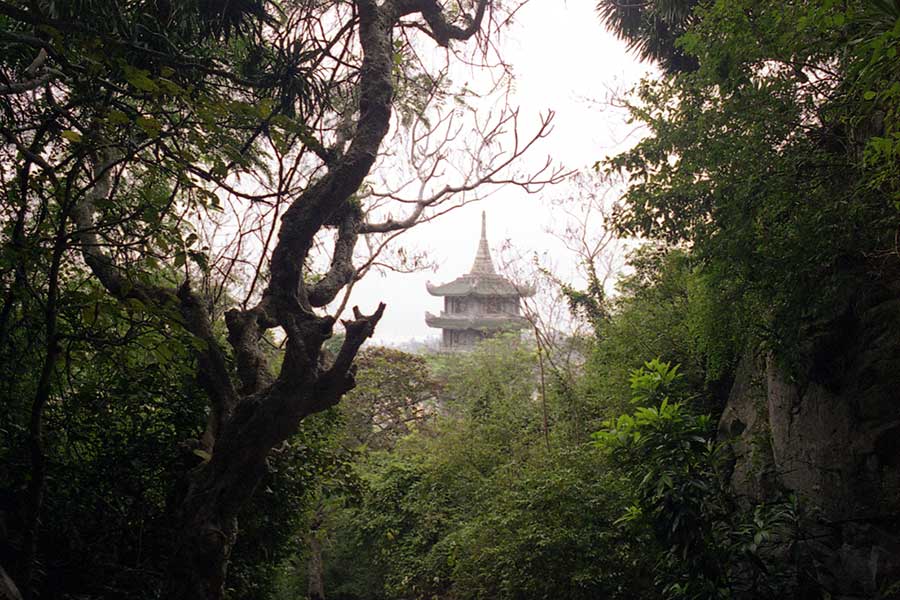
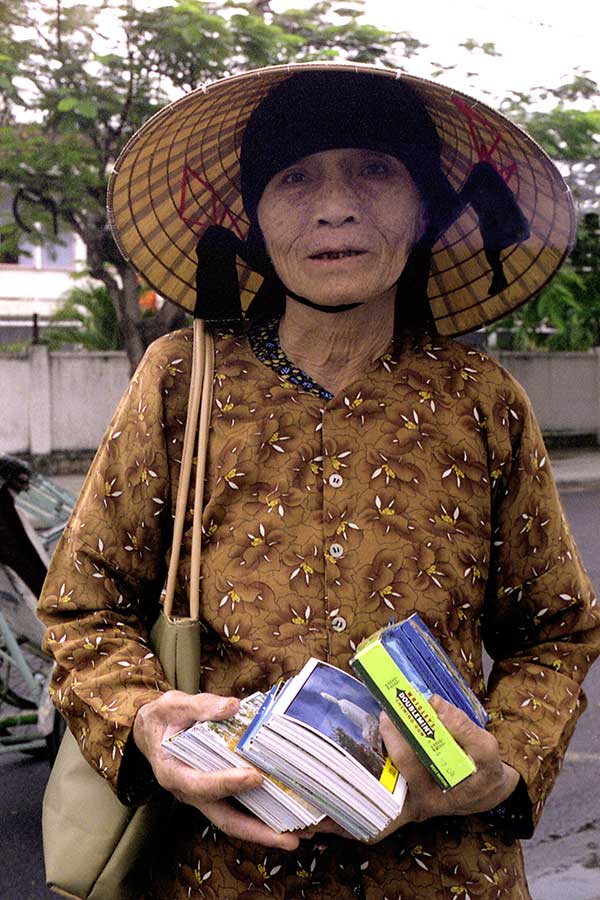
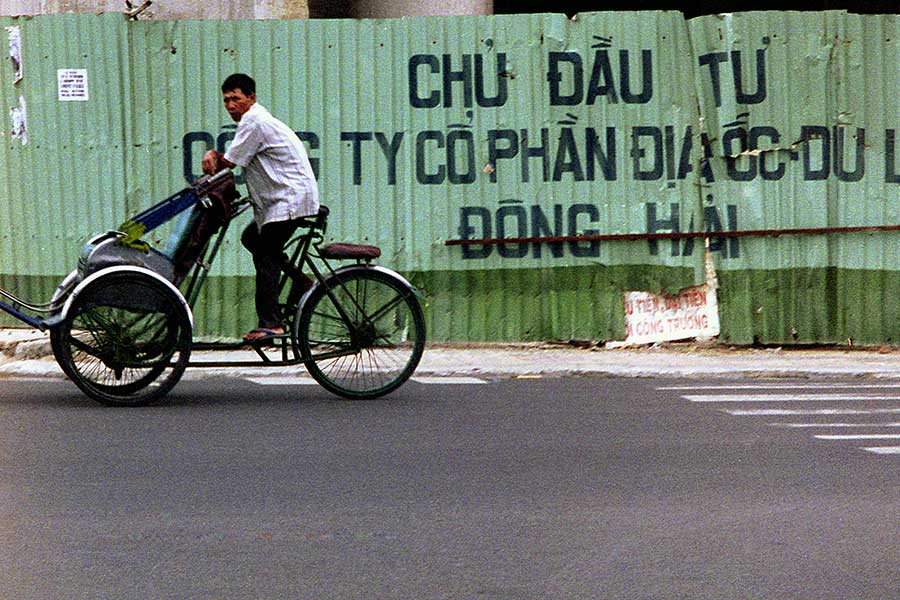
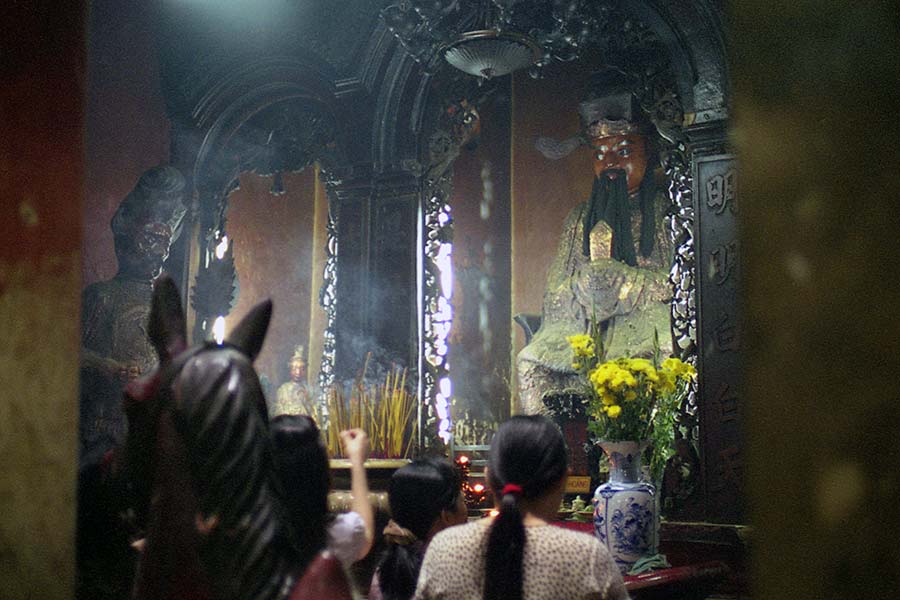
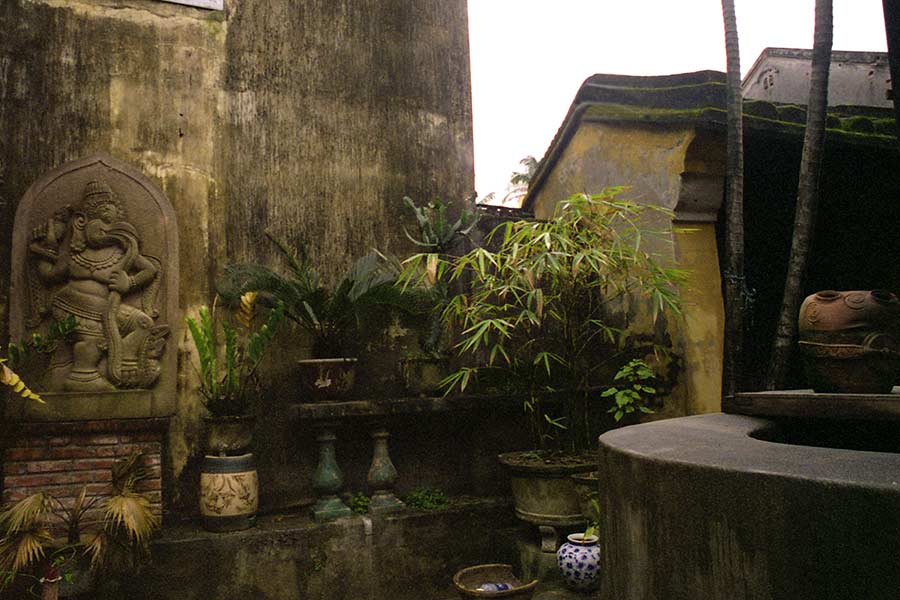
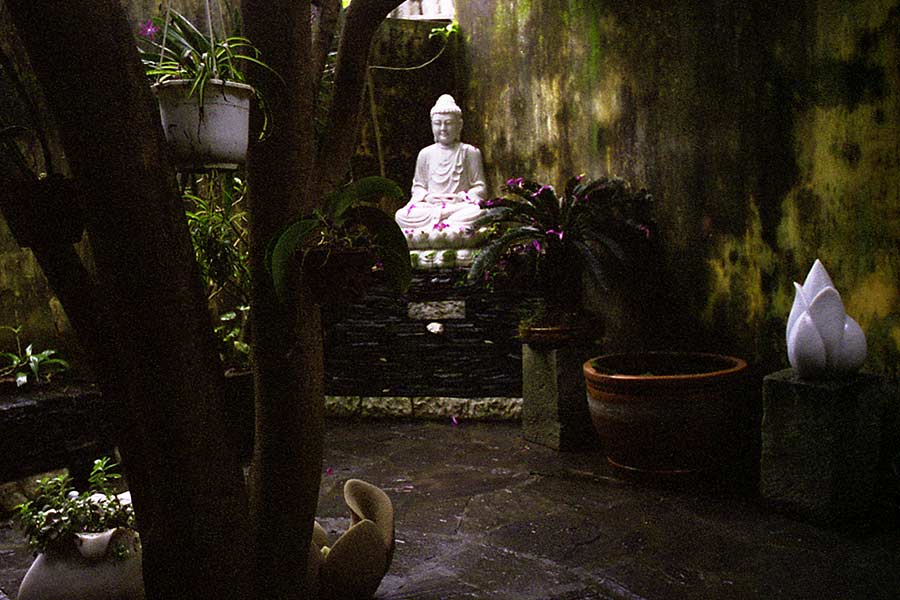
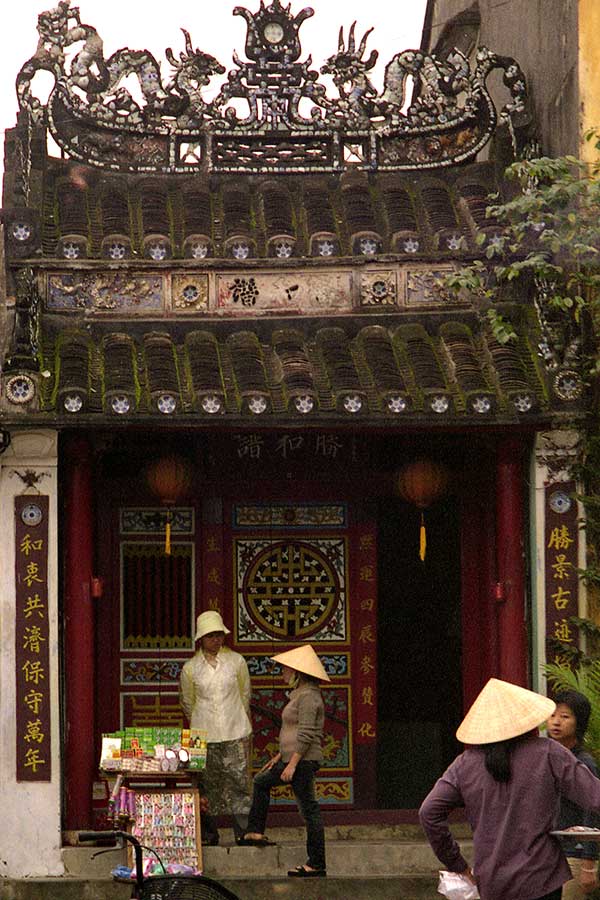
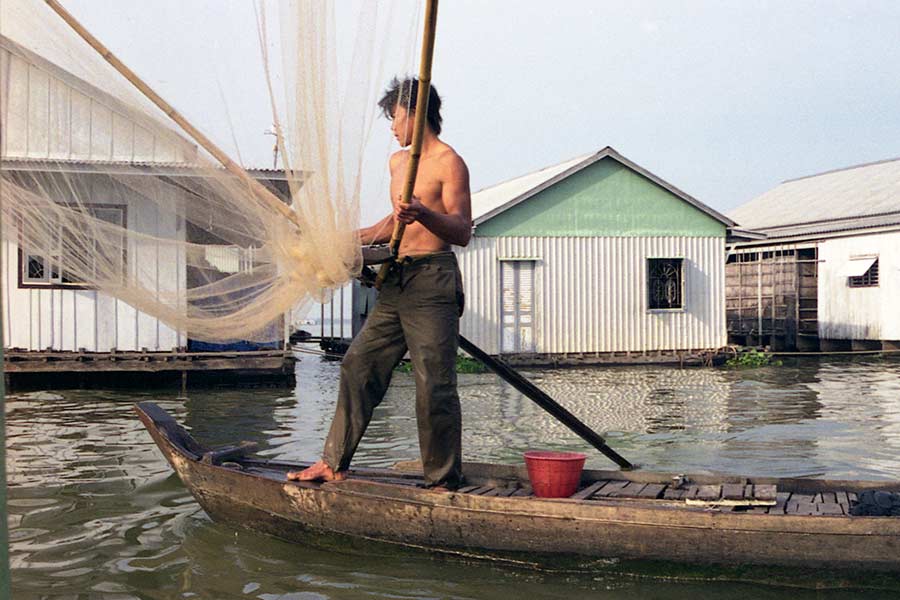
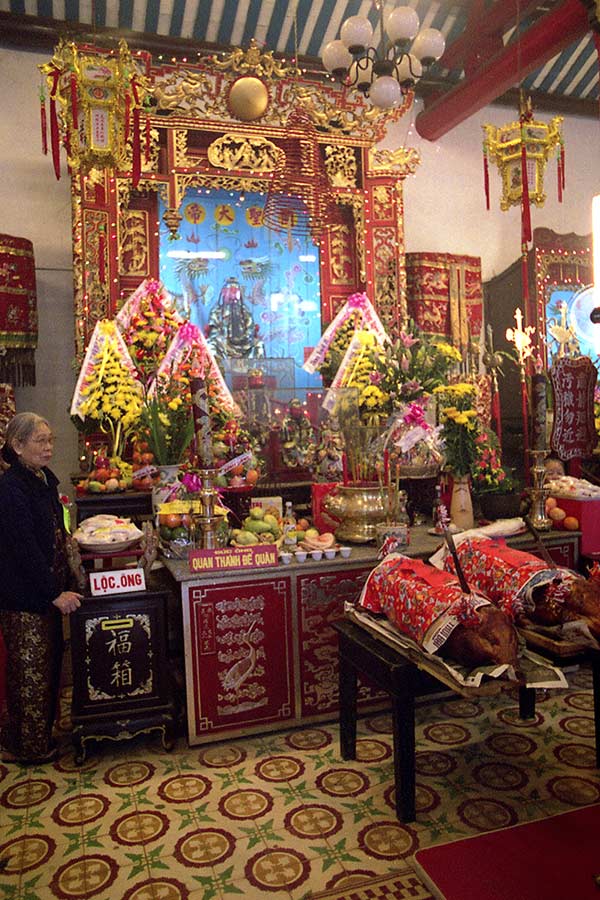
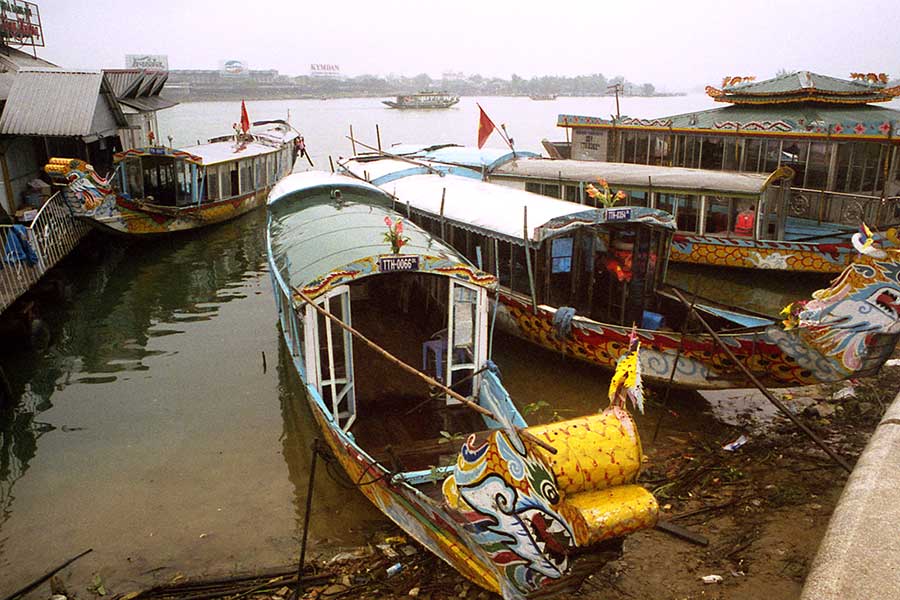
I had hoped for a little beach time while in Vietnam. I hadn’t been to one in Thailand or Cambodia and the thought of relaxing in the sun on a sandy beach with a good book was appealing. I made my way to Nha Trang, a city on the South China Sea with a good beach. Trouble was it rained the whole time I was there. There wasn’t a lot else in Nha Trang to hold my interest.
This, my first sojourn to South East Asia, was in January through March of 2008. This is the dry season in Thailand, Cambodia, and Laos. The terrain in those countries was parched. Rice paddies were bone-dry and much of the vegetation was yellowed. Most of Vietnam by contrast was glowingly green and verdant. Once I got north of Saigon the weather was generally cloudy and drizzly. This put an end to any ventures to the beach.
Hoi An is a really delightful little city near the coast. It’s included in UNESCO’s World Heritage list which puts it firmly on the tourist trail. Even so it’s still very much a functioning Vietnamese town with a thriving market and active harbour. Back in 2008 at least it wasn’t overrun with tourists. There’s a strong ethnic Chinese presence in Hoi An as evidenced by some Chinese temples and Assembly Halls. Much of the architecture in Hoi An is traditional and well maintained. It’s a pleasant place to spend a few days in. You can find some great boutiques here that offer an assortment of tasteful and locally made crafts along with the inevitable tacky crap. Most tourist mementos are rather gauche but there are some worthwhile embroidered silk and lacquer ware souvenirs available here. You could also choose to visit some of the workshops in town to see artisans making crafts.
Hoi An serves as a good base for exploring the nearby ruins of My Son. This is where some remnants of the once mighty kingdom of Champa can be explored. My Son was a Hindu settlement and the remains of sculptures on the site show obvious Indian influence. The Vietnamese conquered Champa several centuries ago and many of the Cham people fled to the Malay peninsula or Cambodia. There are still Cham communities in Vietnam today including one outside Chau Doc. Today most of the Cham in Vietnam are Muslim not Hindu.
Further north in the city of Hue I took a boat trip on the Perfume River to visit the palatial royal mausoleum of Tu Duc. It’s located in a peaceful garden setting with well manicured landscaping. There are several royal mausoleums of former emperors of the Nguyen dynasty close to Hue. I chose Tu Duc’s because it’s one of the better preserved ones. There are several pavilions and an artificial lake on the site in addition to the main building that houses the tomb of Tu Duc and his queen. It’s a very beautiful place and well worth a visit. Too bad it was raining on the day I visited.
On the boat back to Hue we stopped off at the Thien Mu Pagoda. One of the most shocking and unforgettable photos from the Vietnam war was one one of a monk who doused himself with gasoline, sat down on the pavement in Saigon, and set himself on fire to protest the corruption of the government of South Vietnam. The monk sat serenely still as the flames engulfed him. He was from the Thien Mu Pagoda. The car that he used to drive to Saigon is on display there.
There’s also a citadel in Hue with massive stone walls. Unfortunately much of what’s inside was destroyed in the Vietnam War. Hue saw very heavy fighting during that conflict. The famous movie ‘Full Metal Jacket’ is largely set in Hue during the Tet offensive of 1968.
I didn’t get much further north in Vietnam than Hue. I was running low on days left in my trip. I had to start making my way back to Bangkok for my flight home. I know there are some wonderful things in the northern half of Vietnam. Maybe I’ll get there some time in the future.